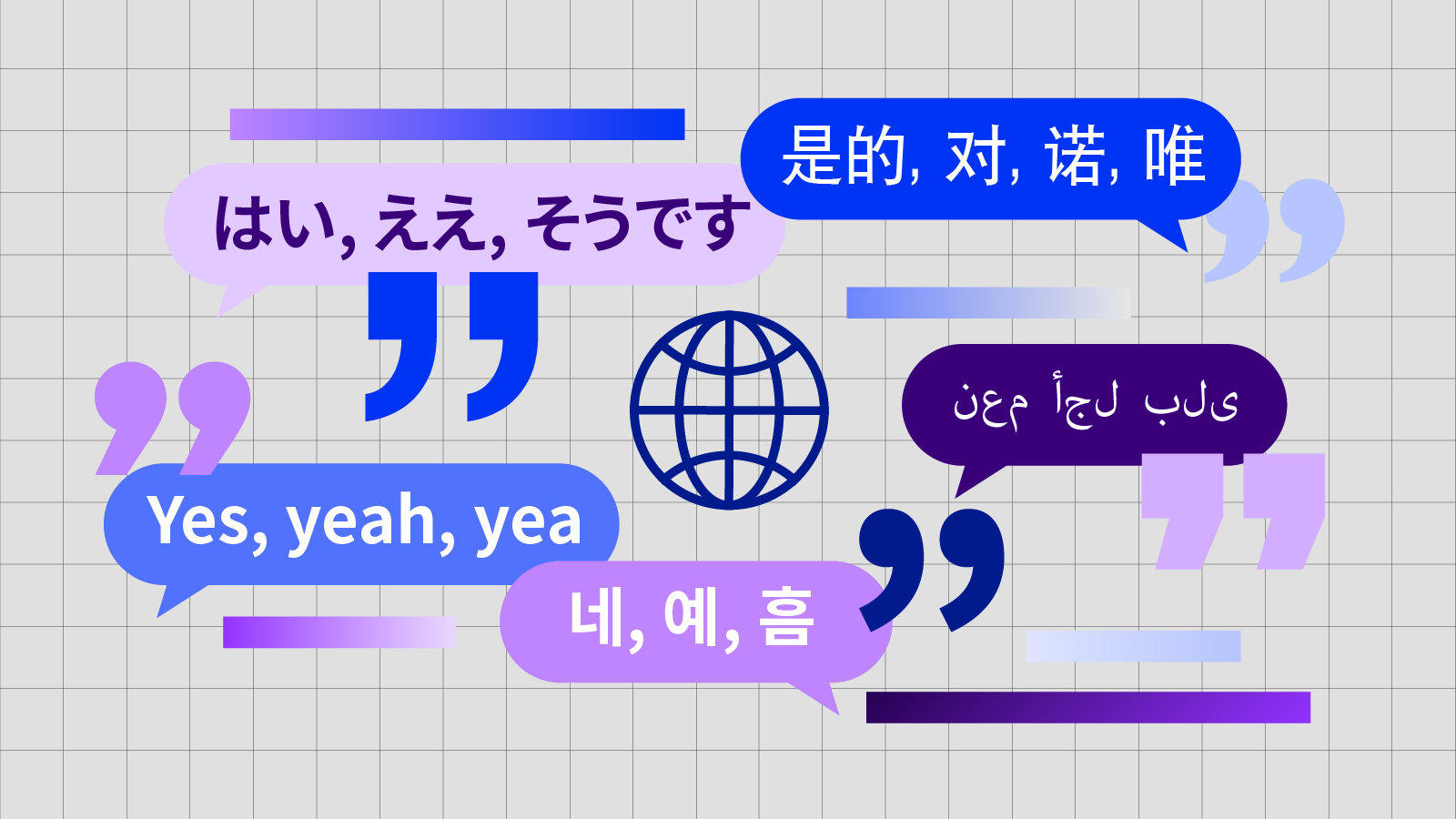Language translation allows your content to be understood and consumed by a non-native audience. An effectively translated website will attract global viewership and help stabilise your position in the global market space.
As easy as in sounds, not all languages are easy to translate. In fact, for some languages, a simple mistake in pronunciation can give the statement an entirely different meaning. Most language isolates with over a thousand characters can only be translated by a keen native expert; making them the hardest language pairs to translate
In today’s article, we look at the top 5 languages that require more time and attentiveness to translate and the features that make them so.
Top 5 Hardest Language Pairs to Translate
1. Chinese
China being a manufacturer of almost 80% of the world’s household goods makes it a favorite target in translation. However, because of the nature and difficulty of Chinese, everything needs translation; from instructions for use to ads, etc.
But what makes Chinese challenging to translate?
- It has approximately 80,000 characters with each being used to represent a thought/idea rather than a single letter. This is massive as compared to English which has only 26 characters. As a result, keenness is required for effective translation.
- It also has a unique writing style and grammar system(considered simpler than English)
- Mandarin Chinese does not use tense in its verbs in a similar way to other languages.
2. Arabic
Most words in Arabic may have many meanings depending on the context of the conversation.
Just like Chinese, it is also made up of unique words. Its letters can also be scripted in four different ways depending on their position/placement in the word.
Additionally, the language is quite complex because it only has present and past tense. Written Arabic is also composed of only consonants.
3. Japanese
With four different writing systems, Japanese is considered one of the most complex common languages to have been featured in this list.
Japanese sentences are made of Kanjis/ideograms(complex graphic symbols) and Hiragana(phonetic alphabets with 46 symbols; each representing the various sounds in the Japanese language). In some cases, hiragana are used in place of kanji symbols. Similar to Hiragana is Katakana. There is also Ramnji which is a Latin script.
Other than the writing system, the Japanese language has no differentiation between singular and plural. It also has no future tense.
4. Korean
Has a compact vocabulary with varying grammar rules. In the Korean language, the pronunciation of words influences the meaning of the sentence.
The language also has some untranslatable words; meaning that a single Korean word can be a complete sentence on its own if translated to English. It also has the verb-merging phenomenon.
5. Thai (Siamese)
Thai is known as a tonal language because of its five different tones. That is; low, middle, high, rising, and falling intonations.
The language is made up of complex grammar and its characters are a form of Khmer script which is not widely in use. It does not have plurals, no upper or lower cases, and sometimes there is no spacing between words.
How to Translate the Hardest Language Pairs
The best way to translate and preserve the original meaning in a complex language is to use a native translator. An expert native translator understands that your goal is not simply to translate but to also ensure that your content is perceived the same way across the board; regardless of the language.
Using Auris AI to translate the hardest language pairs
Auris AI is a unique online language translation software that not only translates commonly spoken languages but also over 20 different complex languages. Some of our areas of expertise include; Japanese, Mandarin Chinese, Burmese, Hindi, Khmer, Korean, Thai, etc.






